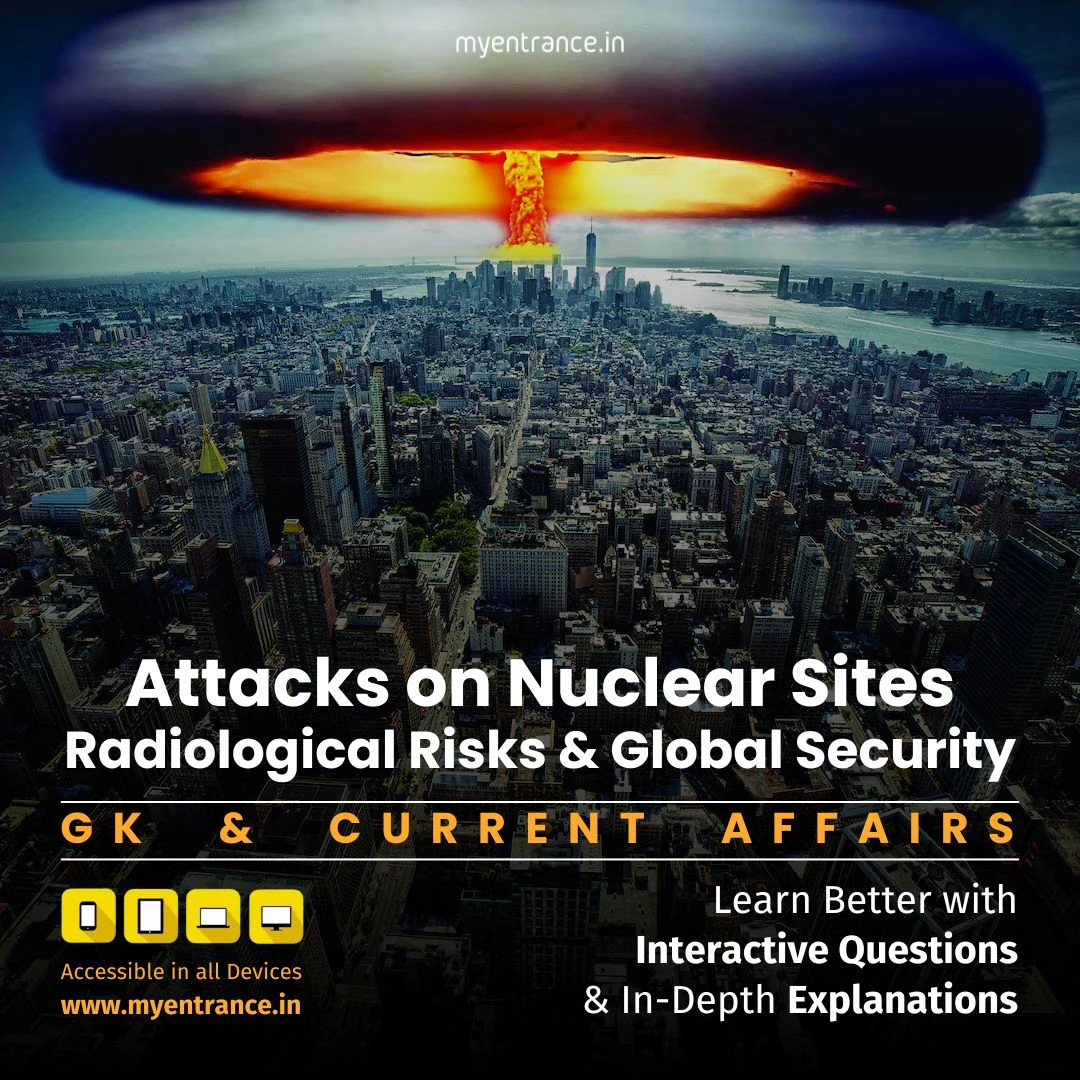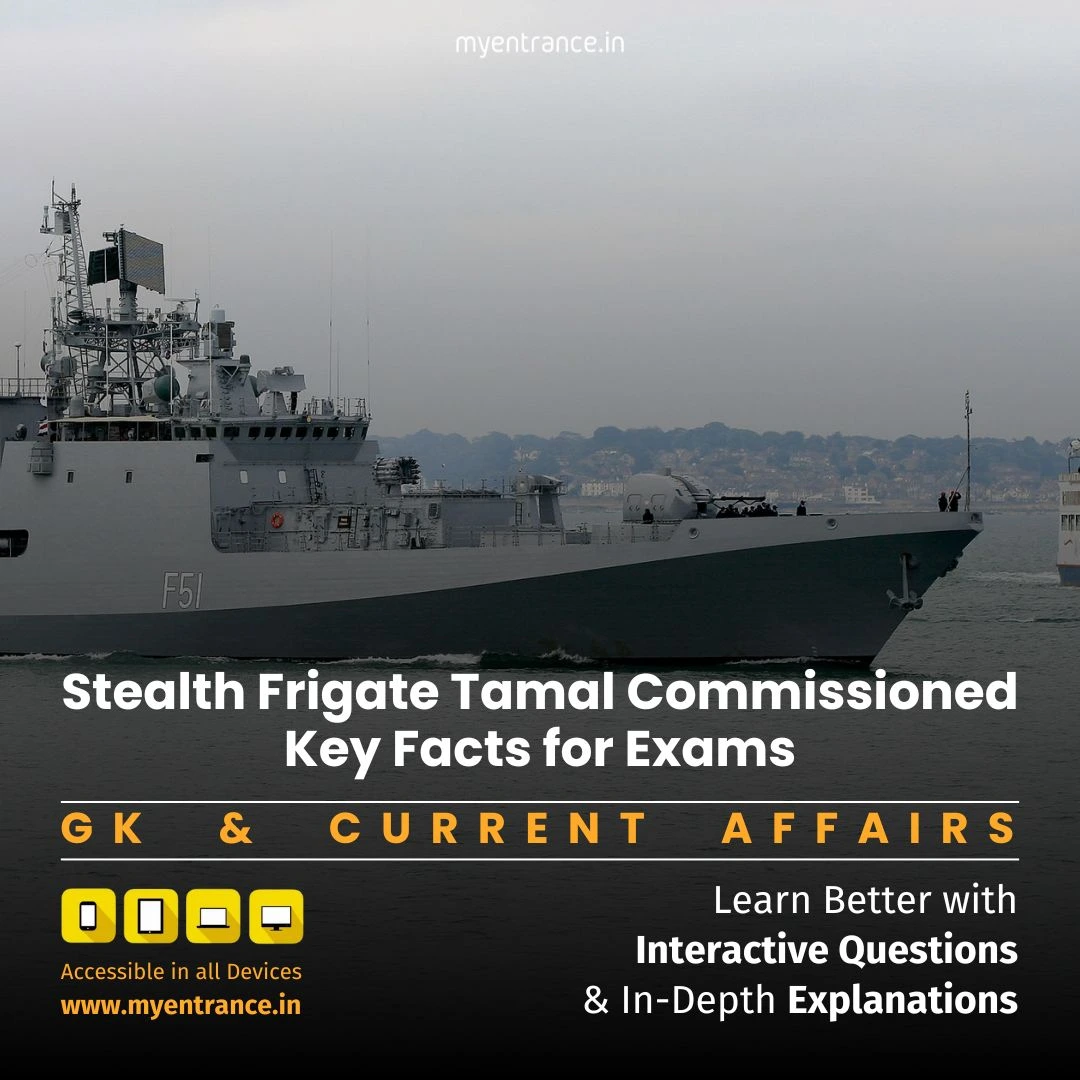Select Language
Operation Bashayer Al-Fath: Iran’s Retaliatory Strike on US Al-Udeid Air Base – Key Details & Implications
The Middle East is witnessing heightened tensions following Iran’s Operation Bashayer Al-Fath, a direct response to recent US military actions. This clash underscores the deepening rift between Iran and the US, with global repercussions.

Escalating US-Iran Conflict: Operation Bashayer Al-Fath Explained
The geopolitical landscape of the Middle East has taken a dangerous turn with Iran’s latest military strike. On June 23, 2025, Iran’s Islamic Revolutionary Guard Corps (IRGC) executed Operation Bashayer Al-Fath (Annunciation of Victory), targeting the US Al-Udeid Air Base in Qatar. This bold move was a direct retaliation for Operation Midnight Hammer, where the US bombed Iranian nuclear sites.
Background: The Israel-Iran-US Power Struggle
The conflict between Iran and Israel, backed by the United States, has deep historical roots:
Ideological Differences: Iran’s opposition to Israel’s policies and US influence in the region fuels tensions.
Nuclear Disputes: The US and allies have long opposed Iran’s nuclear program, leading to sanctions and military threats.
Proxy Wars: Both nations support opposing factions in Syria, Yemen, and Iraq, intensifying regional instability.
The recent US airstrikes on Iranian nuclear facilities were seen as a direct provocation, prompting Iran’s aggressive response.
Operation Bashayer Al-Fath: Key Details
Iran’s strike on the Al-Udeid Air Base—a critical US military hub—was a calculated move:
Missile Precision: Reports suggest ballistic missiles were used, showcasing Iran’s military capabilities.
Symbolic Retaliation: The attack was framed as a defensive measure against US aggression.
Iran’s Warning: The IRGC stated that further US actions could “collapse American military presence in the region.”
Iran’s Justification for the Attack
Iran defended its actions by citing:
✔ Violation of Sovereignty: The US strikes breached international law.
✔ Self-Defense: Iran claimed it was protecting its nuclear infrastructure.
✔ Deterrence Strategy: A message to the US and allies against further attacks.
Global & Regional Reactions
The attack has triggered mixed responses:
US Allies (Israel, Saudi Arabia): Likely to condemn Iran and bolster defenses.
Iran’s Allies (Syria, Hezbollah): May applaud the move as justified resistance.
Neutral Nations (Qatar, Oman): Could push for de-escalation through diplomacy.
What’s Next? Potential Outcomes
The situation remains volatile with possible scenarios:
Further Military Escalation: More US or Iranian strikes could ignite a wider war.
Diplomatic Talks: Mediation by the UN or neutral nations may be attempted.
Economic Fallout: Sanctions, oil price fluctuations, and regional instability could follow.
Sample Questions & Answers (For Competitive Exams Like UPSC, SSC, PSC)
Q1: What was the primary target of Iran’s Operation Bashayer Al-Fath?
A: The Al-Udeid Air Base in Qatar, a key US military installation.
Q2: Why did Iran launch this operation?
A: In retaliation for US airstrikes (Operation Midnight Hammer) on Iranian nuclear sites.
Q3: Which Iranian military force carried out the attack?
A: The Islamic Revolutionary Guard Corps (IRGC).
Q4: What could be a long-term consequence of this conflict?
A: Increased military tensions, economic sanctions, or regional proxy wars.
Q5: How might other Middle Eastern countries respond?
A: US allies may strengthen defenses, while Iran’s allies could support its stance.
Most Predicted Questions
Comprehensive study materials, Expert-guided tips & tricks, Mock tests and instant results.
Start your SSC, NIFT, NID, FDDI, PSC journey today with MyEntrance, your ultimate online coaching platform.















